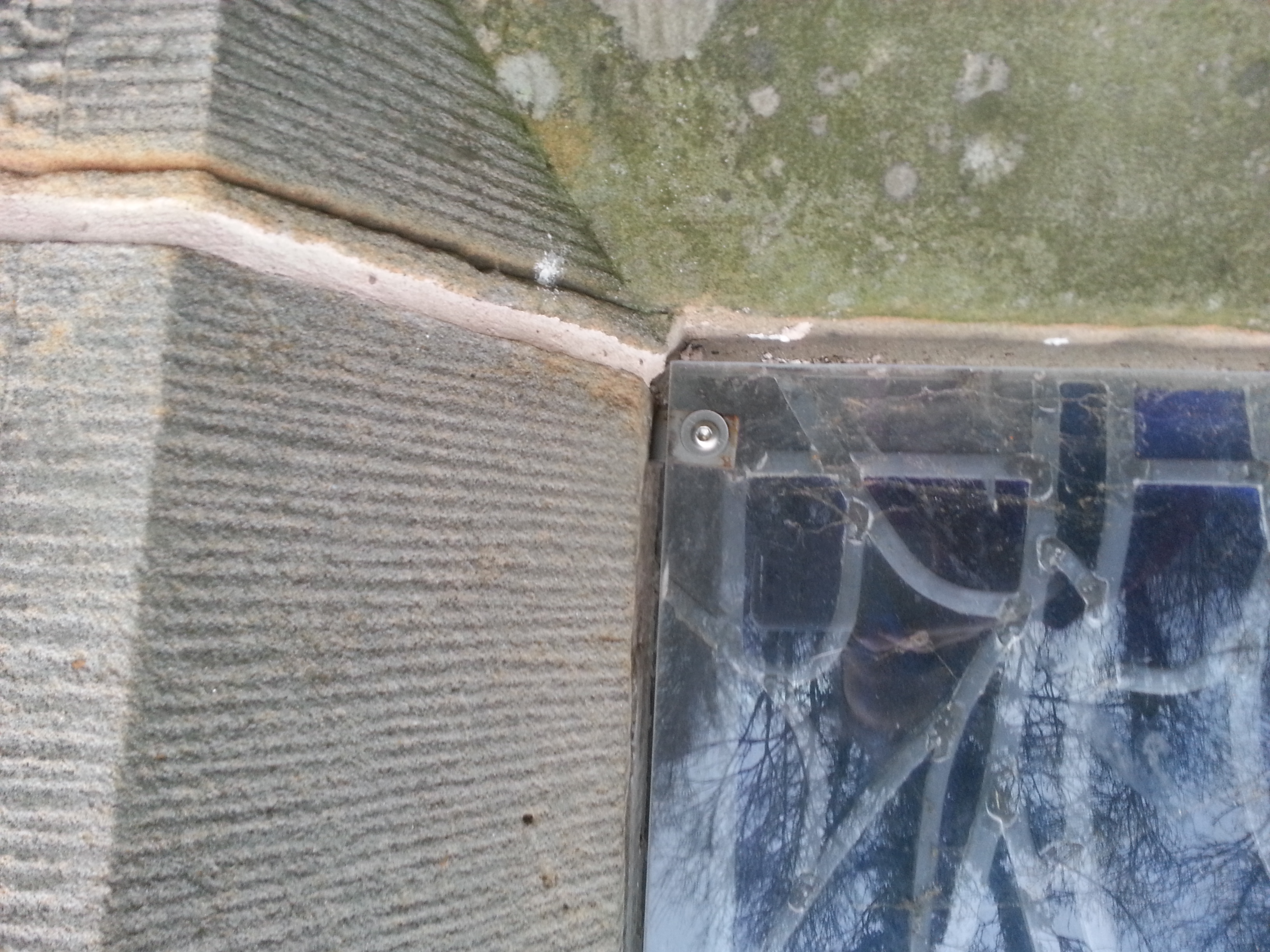Secondary glazing#
Secondary glazing can be a very good option in some buildings, especially if changes to the original glazing are not allowed. It has the advantage of improving the window draughtproofing - in some installations ventilation in winter can be supplied just by opening the secondary glazing a crack. It’s generally cheaper than double glazing but perhaps half as effective. A lot depends on how well the windows fit and the distance between the panes. 12mm is the ideal for heat loss, although a bigger distance is better for noise reduction.

Be very cautious if your glass is decorative. Stained glass needs very good airflow around it because any condenstaion will leach the chemicals out of the glass and ruin the colours. During the last energy crisis, many churches put in interior secondary glazing and then had to remove it. Although there are vendors willing to install it, it isn’t clear anyone is sure of how to install it safely. Because of this, for stained glass, secondary glazing goes on the outside of the window and with a large gap all the way around for airflow. This of course reduces its effectiveness.
If you need to apply for listed building consent, be very clear why you want the secondary glazing and that ventilation has been considered in the design. Planners often assume you only want to protect the window against vandalism and insist on metal grilles instead because they are less noticeable. If your windows aren’t that high profile, or if the glazing will make the difference between a building that’s usable and one that could become disused or abandoned, your application is more likely to be approved.
Sometimes venues with very mediocre stained glass of no significance change it for clear double glazing.
